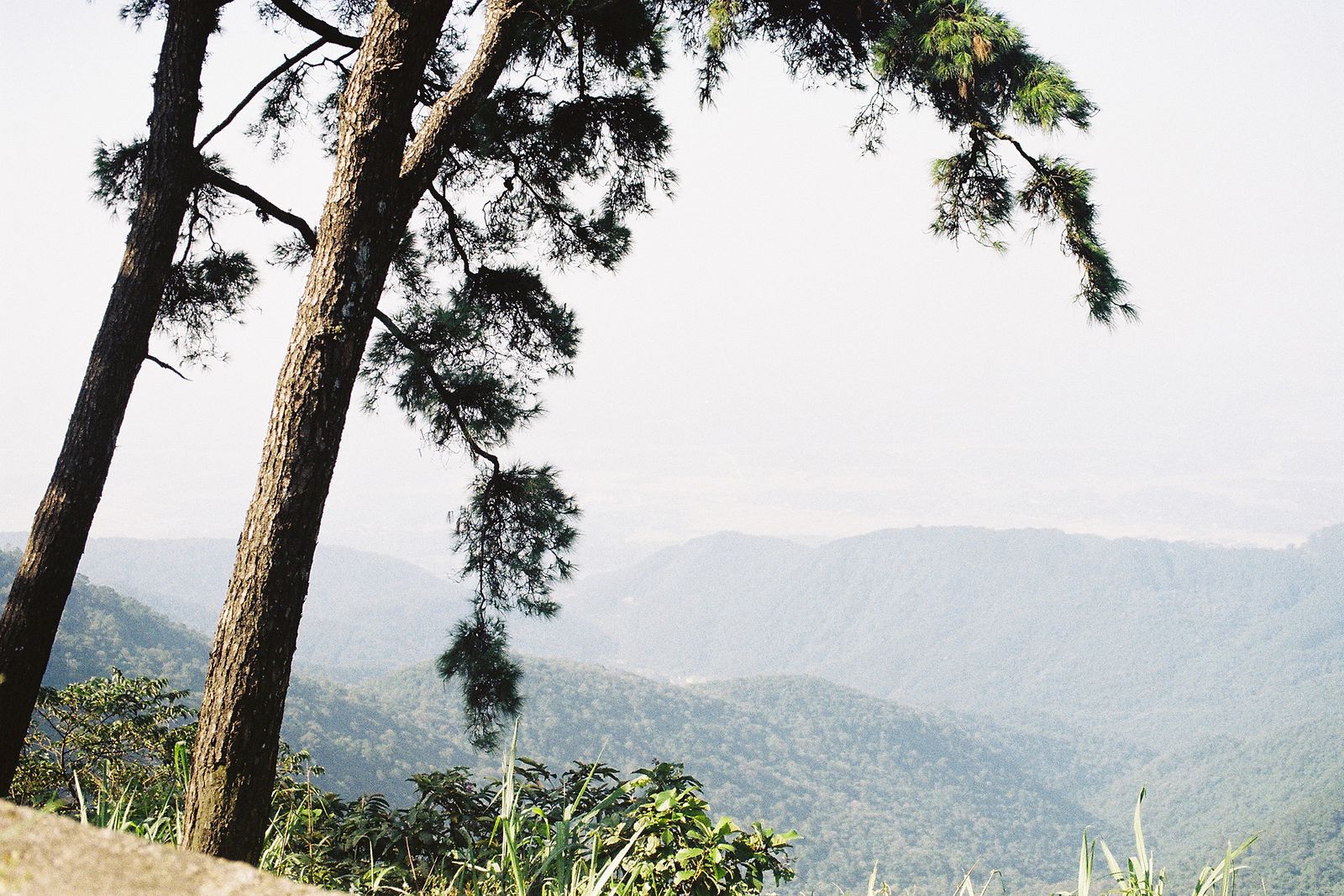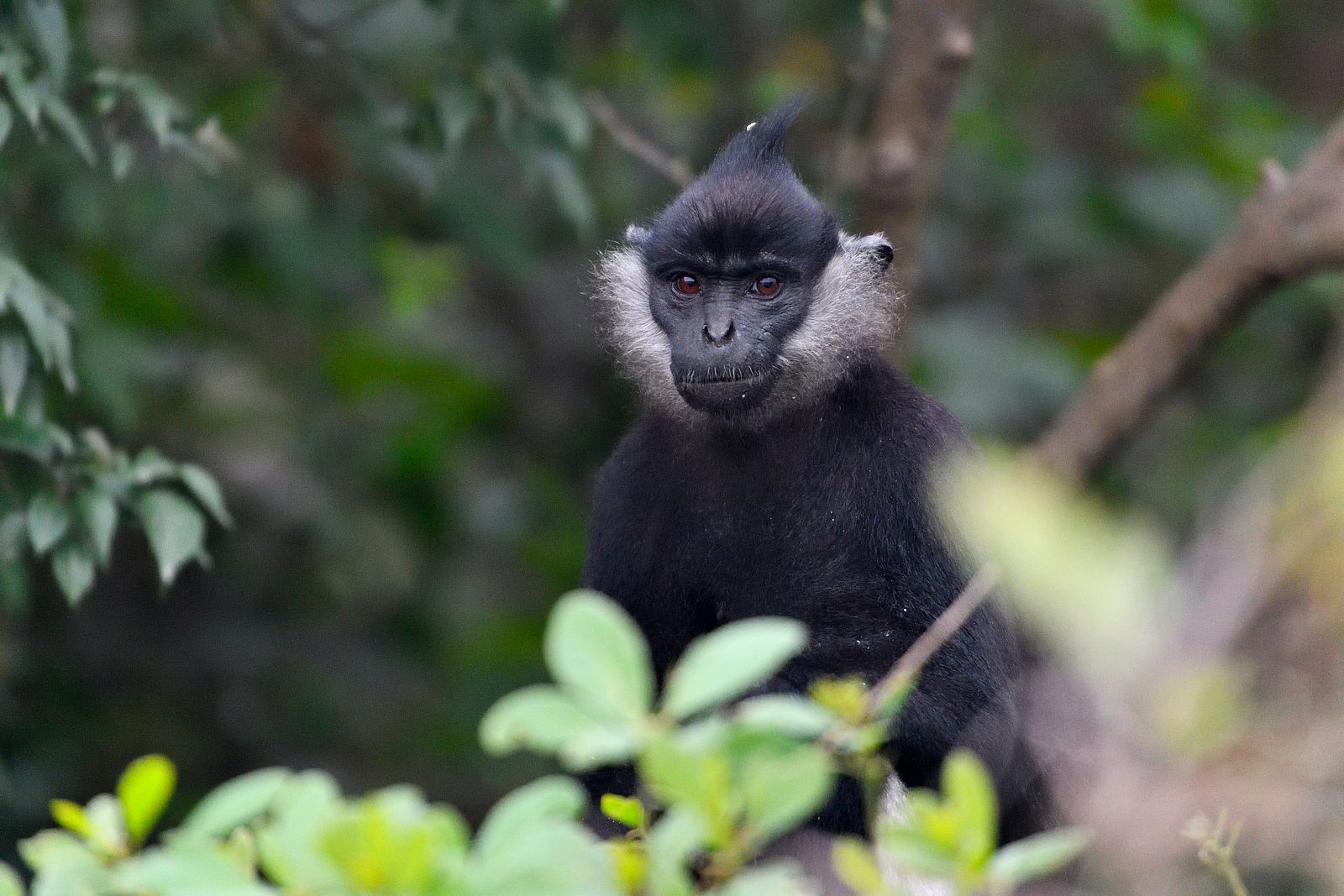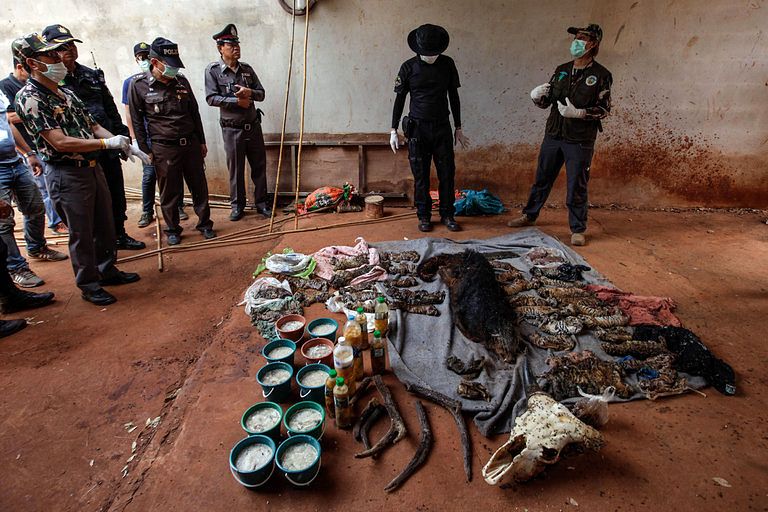“Vietnam will probably be the first country in Asia to lose its wild elephant.”
This was the dire prediction from Barney Long, Director of the Species Program at World Wildlife Fund (WWF) when speaking to National Geographic last month. If funding and law enforcement resources are not assigned to protecting elephants, this prophecy may soon come to pass.
By some estimates, in 1980, there were approximately 1,500 to 2,000 elephants in Vietnam. But unchecked development, weak environmental laws, logging, poaching and human-elephant conflicts have reduced this number to 70 (and might be significantly lower).
“They’re right on the edge. And it will take a lot for them to recover. Not only a huge conservation shift but a huge cultural shift as well,” said Long.
He lamented that while the government has set aside land and made bold statements, lax enforcement and poor management have rendered conservation efforts “very ineffective.”
According to a 2012 report from Cao Thi Ly, head of the Department of Forest Resource and Environment Management (FREM) at Tay Nguyen University in Vietnam, the few elephants that remain are segmented into small, disjointed groups, creating serious genetic problems.
Herds rely on breeding with other groups of elephants to maintain genetic diversity. Since many of Vietnam’s herds are isolated, Long sees the potential for an even greater threat:
“So even if Vietnam could get the landscape scale and population plan sorted out, they would still have a problem of genetics. Apart from the populations that mix with the Laos and Cambodia herds, the remnant and isolated herds are exactly that. In the long term, their genetic viability is to be questioned.”
Meenakshi Nagendran, a wildlife biologist and Program Officer with the Asian Elephant Conservation Fund at the U.S. Fish and Wildlife Service (USFWS) said that if the population of elephants is indeed 70, “the number could bounce back” assuming land and protection policies were enforced.
But with poor population tracking, Nagendran isn’t confident in the stated population, “a lot of NGOs say there are only 10 to 15 wild elephants left in Vietnam.”
While elephants are now listed as “critically endangered” in the Red Data Book of Vietnam, in March of this year, CITES (a conservation treaty of which Vietnam is a signatory), identified the country as “one of the eight primary source, transit, or consumer countries in the current illegal ivory trade.”
There are, however, some rays of hope shining through this gloomy cloud. Officials in Dong Nai have announced a US$3.5 million emergency fund to protect elephants and to increase law enforcement in the province.
Since 9 elephants have been killed in Dong Nai over the past few years as they encroached on coffee and cashew plantations, Long is warily optimistic about the future.
“This,” he says, “is the area where the very last Javan rhino in Vietnam was shot and killed—and there were no arrests made. So when they talk about strengthening law enforcement, they actually don’t have a track record.”
The 81 elephants in captivity in Vietnam are not faring much better than their wild counterparts. Used almost exclusively for entertainment, they are typically overworked and underfed.
From dwindling wildlife to poisoned rivers, Vietnam’s rapid development has come at a very high cost. For a country that prides itself on its natural beauty, surprisingly little is being done to preserve it. We fear it will be too late by the time effective natural resource management and conservation systems are in place. Hopefully we’re wrong.
Head over to National Geographic to see how an uptick in poaching may be the final nail in the coffin for not just Vietnam’s elephants but those across SE Asia.
Related Articles:
- Report: The Saigon River is Dying
- Campaign Launched to End Vietnamese Demand for Rhino Horn
- The Sad Story of Da Lat’s Disappearing Pine Trees
[Photo via pattoise]














